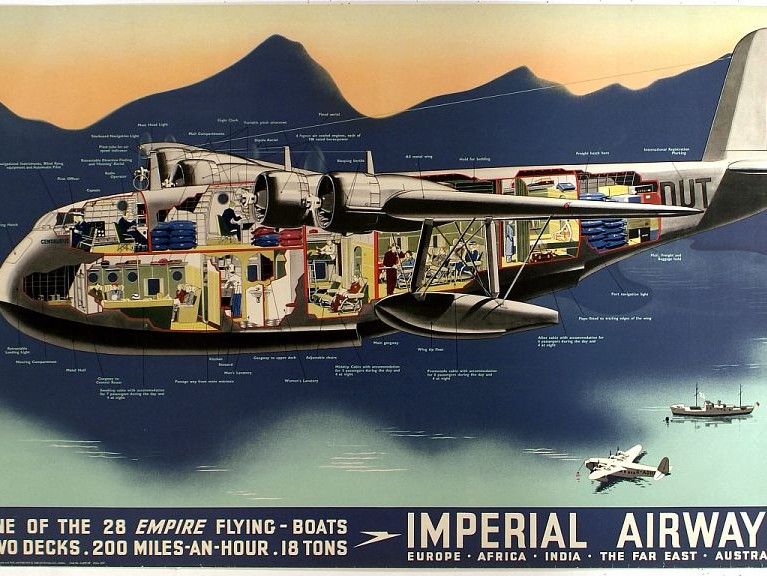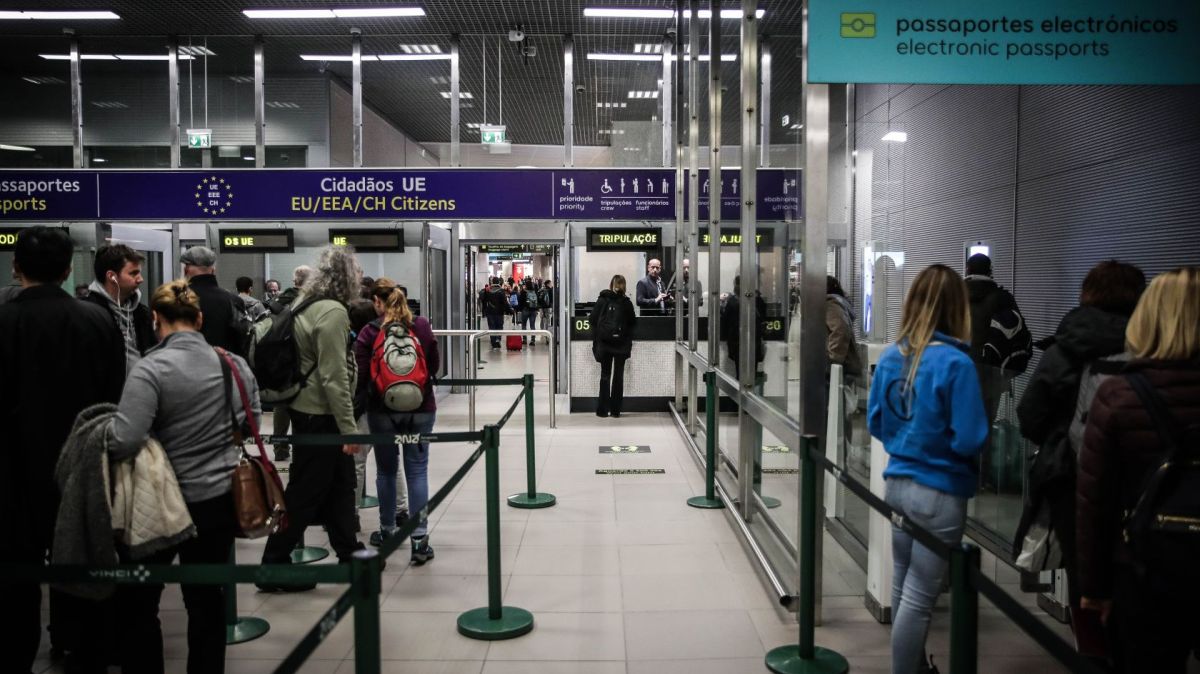The first seaplane flight was in 1912, but it wasn’t until
1938 that the government decided to establish a seaplane base in Lisbon. Can
you imagine taking your hand baggage on a boat out to the waiting seaplane at
Cabo Ruivo. Strangely the Portela airport opened on 15 October 1942, just four
years later, during World War II, and initially operated in
conjunction with the Cabo Ruivo Seaplane Base. Seaplanes
performed transatlantic flights, and passengers were transferred onto
continental flights operating from the new airport. The future of air transport
was moving fast.
The Wright brothers managed to get a ‘serious’ plane into
the air in 1903, but it took many years of experiment and development before
something resembling a passenger aircraft made its first flight. Portugal
figured frequently from the early days. In 1919 a US Navy flying boat made it
from Newfoundland to Portugal by way if the Azores, and then flew on to
England. It was a 23 day trip with over 54 hours in the air. Don’t complain
about flights taking two or three hours to reach Portugal these days.
Crossing the oceans
was the big challenge
Overland flights were not such a challenge as crossing the
ocean. These shorter range flights started in the 1920’s but didn’t start to
attract many passengers until the 1930’s. Flights were long with frequent
refuelling stops, bumpy, to put it mildly. Passengers frequently sat on wicker
chairs but were served anything up to a seven course meal. In-flight
entertainment systems looked rather different too. Today aeroplane
entertainment is a solitary, hi-tech affair but, in the early days of
flight, passengers would typically gather around a single screen if they wanted
to catch a movie. One of the earliest films to be shown up high was Sir
Arthur Conan Doyle's ‘The Lost World’ in 1925 with Imperial Airways.
The big target was to cross the Atlantic to North or South
America and Pan American achieved this in 1939 with their ‘Yankee Clipper’
aircraft or "flying boat". The main departure points were Southampton
and Lisbon. You could fly overland, albeit with a few stops and the transfer
from Lisbon airport down to the docks to a waiting flying boat. Lisbon was a
main staging post for flights to Africa.
The end of the flying boat airline era came after the second
world war. The flying boats were designed because there were originally
very few long runways that could handle a large airliner. Also the
navigation aids of the time were minimal and bad weather often meant that
planes had to land with a cross-wind. The flying boat overcame all of
these things neatly with ready made water runways available all over the world.
And on February 23, 1939, the grandest embodiment of the
flying boats, the Boeing 314, made its inaugural flight from San Francisco to
Hong Kong. The California Clipper had plush seating for 74 (sleeping berths for
36), a separate dining room where passengers were served full-course meals,
separate men's and women's bathrooms, a deluxe compartment for VIPs, dressing
rooms, and a dedicated lounge. Try selling that idea to Ryanair.
Post war the development of conventional aircraft moved at
great speed, not least due to the experience gained from wartime bombers that
had better range and could carry a large payload.
Speed and convenience increased, but the luxuries
disappeared as demand increased and the rule became fit as many people as you
can in the most economic way. The glamour of flying was gone.
Bring back
comfortable travel
What many people want is to be able to travel to Portugal by
train. Flying has long lost its glamour and the hassles of the airports are
time consuming and frustrating. The EU and the train operators are fully aware
of this and progressing faster than you might think. Budding operators such as
Midnight Trains are working hard to bring luxury sleeper trains into service,
companies such as Nightjet are already operating. Five years ago, sleeper
trains were closing down everywhere, the rolling stock was old and not capable
of the sort of speeds the future of train travel demands. This is changing fast
due to demand.
Spanish operator RENFE is determined to start operations
from St. Pancras International to Paris and onwards. According to the general
management of Getlink, the operators of the Chanel Tunnel, RENFE could soon
obtain its license.
Once granted the infrastructure for high speed rail travel
direct from London to Madrid and Seville is already available. If passenger
demand is there, there is no practical reason for this not to become available
quickly. Madrid to Lisbon remains the last barrier to high speed rail for
London to Portugal.
Spain receives
funding to complete Madrid-Lisbon connection
The European Commission has approved a EUR 265 million
funding from the European Regional Development Fund for the improvement of 178
km rail section part of Madrid-Lisbon high-speed line on the Atlantic Corridor.
€1.56 billion is the total value of the project which is
expected to be completed in December 2022. According to official reports the
line between the Spanish border and Lisbon is currently planned to open by
2030.
You can already travel from London to Lisbon via Barcelona and Madrid
but what most people want is direct high speed service with sleeper carriages. Bringing back the comfort and ‘glamour’ of travel is nearer than you think, but
it won’t be by plane, the train is the future.
Resident in Portugal for 50 years, publishing and writing about Portugal since 1977. Privileged to have seen, firsthand, Portugal progress from a dictatorship (1974) into a stable democracy.














The fast train from the Spanish border to Lisbon needs to be delivered well before 2030. Following RENFEs cancellation of the sleeper train from Lisbon to Madrid there is no simple way of connecting to the high speed train networks in Europe. So until the high speed connection to Madrid is available people are being forced to fly.
By Stephen from Beiras on 24 Jun 2022, 13:23